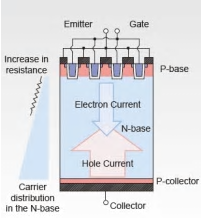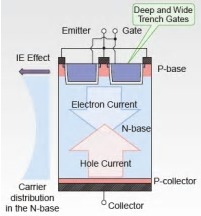- 型号 & 关键词搜索
- 交叉搜索
- 参数搜索
- 库存查询与购买
This webpage doesn't work with Internet Explorer. Please use the latest version of Google Chrome, Microsoft Edge, Mozilla Firefox or Safari.
请输入3个以上字符 Search for multiple part numbers fromhere.
The information presented in this cross reference is based on TOSHIBA's selection criteria and should be treated as a suggestion only. Please carefully review the latest versions of all relevant information on the TOSHIBA products, including without limitation data sheets and validate all operating parameters of the TOSHIBA products to ensure that the suggested TOSHIBA products are truly compatible with your design and application.Please note that this cross reference is based on TOSHIBA's estimate of compatibility with other manufacturers' products, based on other manufacturers' published data, at the time the data was collected.TOSHIBA is not responsible for any incorrect or incomplete information. Information is subject to change at any time without notice.
请输入3个以上字符
工作原理
IGBT的截面结构和限制集电极-发射极电压的因素
图A显示了传统IGBT的截面结构和N区载流子分布。N区载流子浓度从集电极到发射极呈单调下降趋势。为了提高IGBT的集电极-发射极电压,需要在集电极和发射极之间设置一个深N区。但是,深N区的载流子浓度较低。随之导致的电阻增加将加大压降,进而提高导通状态电压。
IEGT栅极结构的特点和注入增强(IE)效应
图B显示了IEGT的截面结构和载流子分布。IEGT的结构类似于IGBT,但栅极结构比IGBT的更深更宽。该结构增加了栅极-发射极电阻,阻止载流子通过发射极端。这样就增加了N区发射极附近的载流子浓度。因为这一现象具有载流子注入和累积的相同效应,所以称其为注入增强(IE)效应。该栅极结构结构有助于减小压降,甚至是在高额定值的集电极-发射极电压条件下。

因为发射极附近的载流子浓度较低,集电极-发射极电压额定值的增加将导致导通状态电压上升。

发射极附近的载流子浓度增加。这样,电子注入增加,从而降低了导通状态电压。

